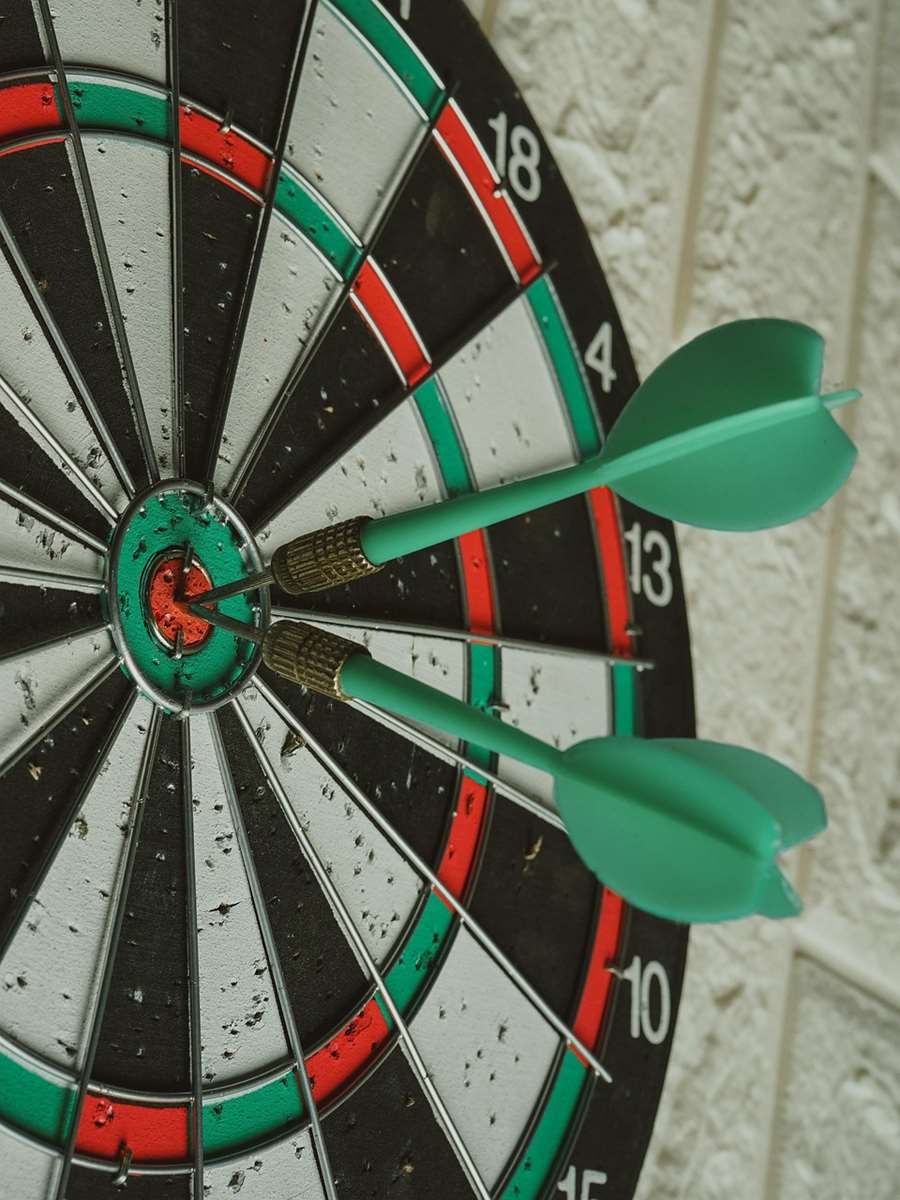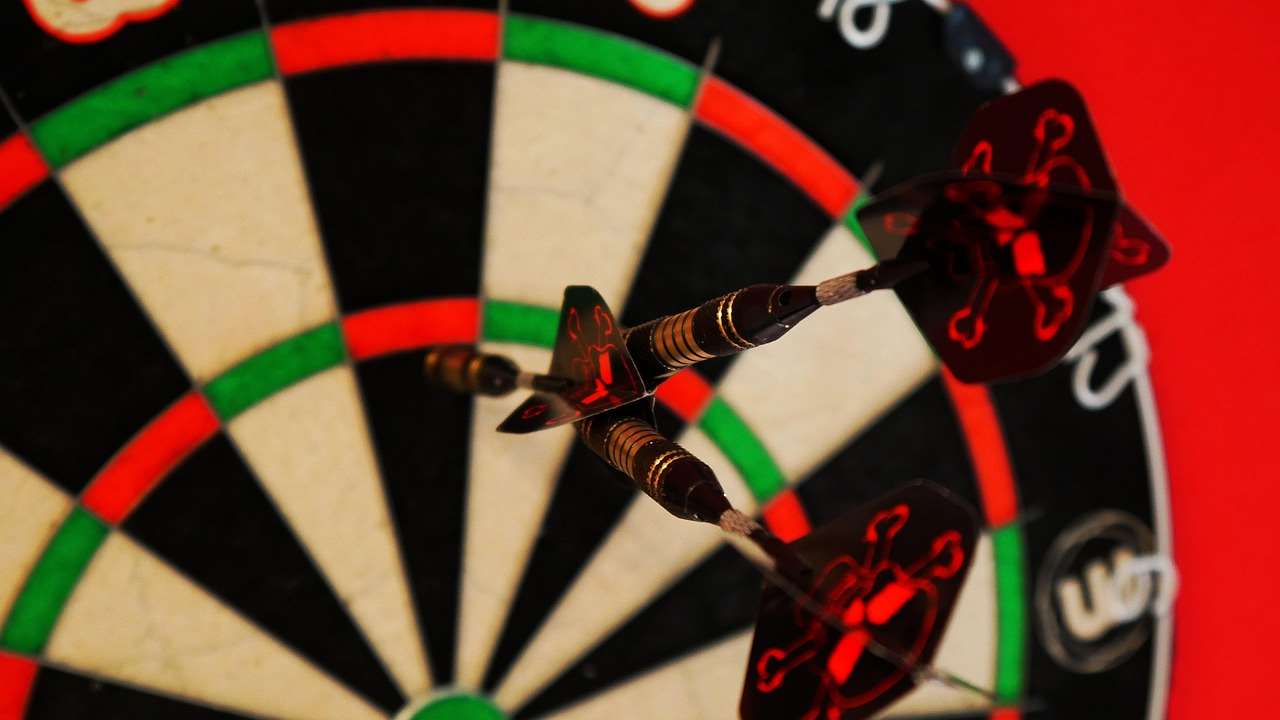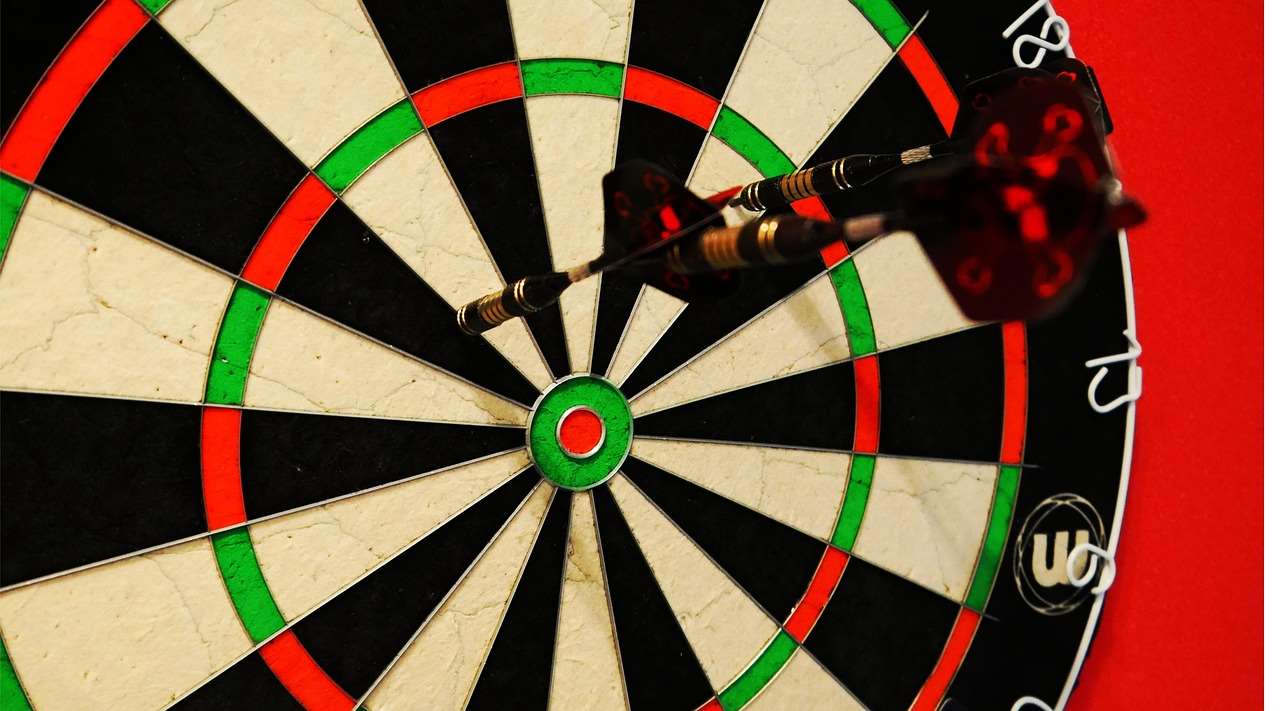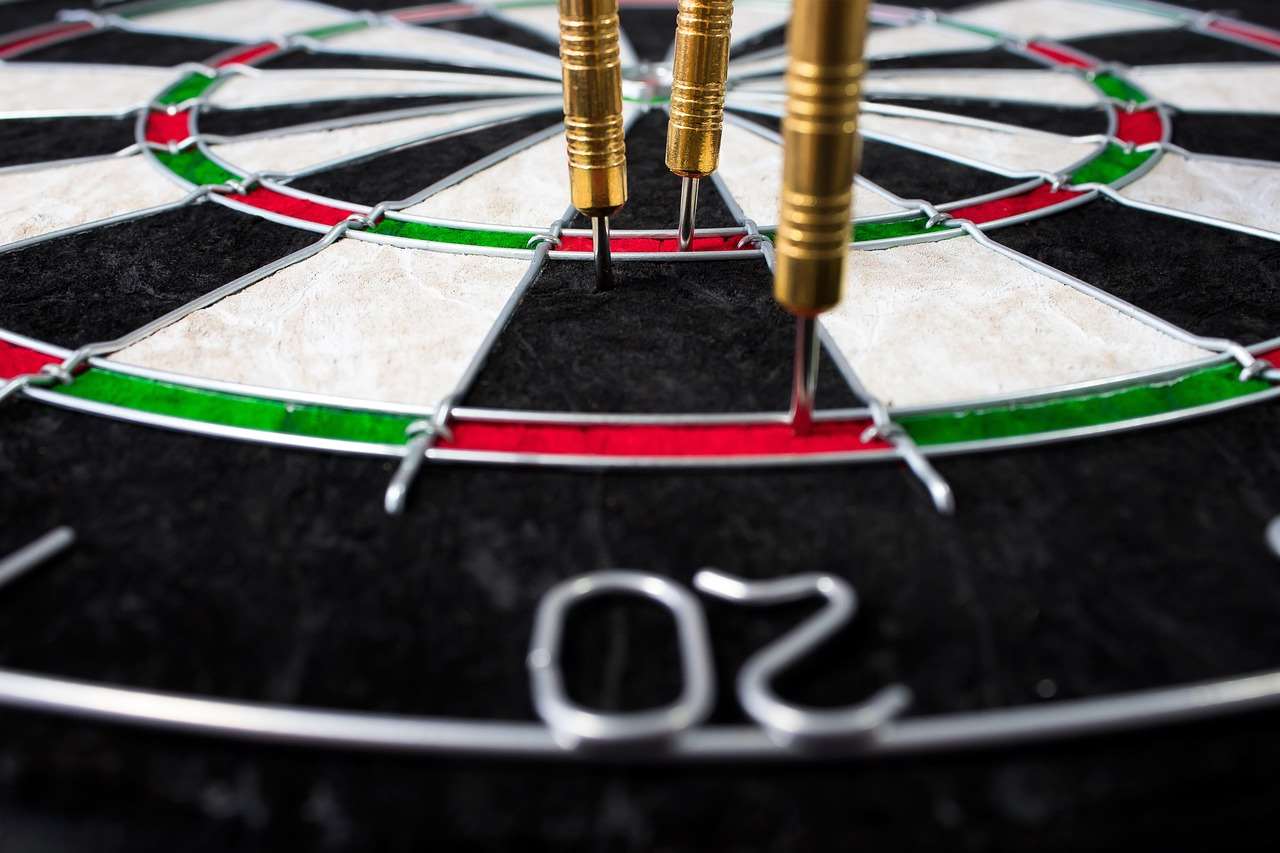Achieving steady darts comes down to consistency and control, transforming your throw from a haphazard toss to a pinpoint accurate shot. This article will guide you through the core techniques for a more stable and repeatable darting action. We’ll cover stance, grip, release, and mental focus, providing practical tips to elevate your game.
⚠️ Still Using Pen & Paper (or a Chalkboard)?! ⚠️
Step into the future! The Dart Counter App handles all the scoring, suggests checkouts, and tracks your stats automatically. It's easier than you think!
Try the Smart Dart Counter App FREE!Ready for an upgrade? Click above!
Mastering the Fundamentals for Steady Darts
Before diving into advanced techniques, let’s solidify the foundation. Proper stance, grip, and release are the cornerstones of consistently accurate steady darts. Neglecting these basics will hinder your progress no matter how much you practice.

Finding Your Perfect Stance
Your stance provides the base for your throw. While there’s no single “correct” stance, here are some guidelines:
- Foot Placement: Most players favor a stance where one foot is slightly ahead of the other, pointing towards the board. Experiment to find what feels most natural.
- Weight Distribution: Maintain a balanced weight distribution, slightly favoring your front foot. This promotes stability and prevents swaying.
- Body Angle: Find a comfortable angle to the board. Some prefer a more direct, square-on approach, while others find a slight angle more comfortable.
- Consistency is Key: Once you find a comfortable stance, strive to replicate it every time you step up to the oche.
The Importance of Grip and its Effect on Steady Darts
Your grip is your direct connection to the dart, so finding the right one is crucial for achieving steady darts. Here’s what to consider:
- Pressure: Avoid gripping the dart too tightly. A relaxed grip allows for a smoother release and reduces tension in your arm.
- Finger Placement: Experiment with different finger placements to find what gives you the best control. Common options include a two-finger grip (thumb and index finger) or a three-finger grip (thumb, index, and middle finger).
- Consistency: As with your stance, strive for consistency in your grip. Try to hold the dart in the same way every time.
Perfecting Your Release
The release is where all your previous efforts come together. A smooth, controlled release is essential for achieving steady darts and preventing erratic throws. You can even play darts on flights!
- Follow Through: A complete follow-through is crucial. Extend your arm fully towards the target, ensuring a smooth and consistent release.
- Timing: Pay attention to the timing of your release. Avoid snatching or jerking the dart.
- Practice: The only way to perfect your release is through consistent practice. Focus on developing a smooth and repeatable motion.
Advanced Techniques for Steady Darts
Once you’ve mastered the fundamentals, you can start exploring more advanced techniques to further improve your accuracy and consistency in hitting steady darts.

Developing a Consistent Rhythm
Rhythm plays a significant role in throwing accuracy. A consistent rhythm helps to synchronize your movements and promotes a smoother, more controlled throw. A steady and consistent rhythm is critical for steady darts and high scoring.
- Pre-Throw Routine: Develop a pre-throw routine that includes specific movements and breathing techniques. This helps to calm your nerves and focus your mind.
- Backswing: Maintain a consistent backswing. Avoid over-extending or rushing your backswing.
- Forward Motion: Smoothly transition from your backswing to your forward motion, maintaining a consistent rhythm throughout.
Visualisation and Mental Focus
The mental aspect of darts is just as important as the physical. Visualisation and mental focus can significantly improve your performance in attaining steady darts. Some would even want to know the darts youngest winner.
- Visualise Success: Before each throw, visualise the dart hitting your target. This helps to build confidence and focus your mind.
- Stay Calm: Avoid getting frustrated or discouraged when you miss. Stay calm and focused, and remember to trust your technique.
- Positive Self-Talk: Use positive self-talk to reinforce your confidence and maintain a positive attitude.
Choosing the Right Equipment for Steady Darts
While skill is paramount, using suitable equipment tailored to your throwing style can significantly contribute to achieving steady darts. You can even improve your style by listening to darts opkomst nummers.
- Dart Weight: Experiment with different dart weights to find what feels most comfortable and provides the best control. Heavier darts tend to be more stable, while lighter darts may be easier to throw.
- Dart Shape: The shape of the dart barrel can also affect its flight characteristics. Straight barrels tend to fly more directly, while torpedo-shaped barrels may be more forgiving of slight errors.
- Flights and Shafts: Experiment with different flight shapes and shaft lengths to fine-tune the dart’s trajectory and stability.

Common Mistakes and How to Correct Them for Consistent Steady Darts
Even experienced players make mistakes. Recognizing and correcting these common errors is essential for continued improvement and achieving truly steady darts.
Inconsistent Stance
The Problem: Varying your stance from throw to throw can lead to inconsistent results.
The Solution: Consciously focus on maintaining the same stance every time you step up to the oche. Use visual cues or landmarks to help you align your feet and body.
Gripping Too Tightly
The Problem: A tight grip creates tension in your arm and restricts your release.
The Solution: Consciously relax your grip. Focus on holding the dart with just enough pressure to maintain control.
Rushing Your Throw
The Problem: Rushing your throw disrupts your rhythm and leads to inaccurate shots.
The Solution: Slow down and focus on your pre-throw routine. Take a deep breath and visualise your target before releasing the dart.

Practice Drills for Developing Steady Darts
Targeted practice is key to honing your skills and solidifying your technique for steady darts. Incorporate these drills into your training regimen.
The Around the Clock Drill
Objective: Improve your accuracy on all numbers around the board.
Procedure: Start at number 1 and throw three darts at each number in sequence, moving clockwise around the board. Try to hit each number with all three darts before moving on to the next. You can use a Mobile dart scorer to easily track your progress.
The Doubles Drill
Objective: Improve your accuracy on the doubles ring.
Procedure: Choose a specific double (e.g., double 20) and throw three darts at it. Continue until you hit the double three times in a row. Then, move on to a different double.
The Treble 20 Drill
Objective: Improve your accuracy on the treble 20.
Procedure: Throw three darts at the treble 20. Keep track of your score and try to improve your average score over time. If you want to know how to hit 60 in darts, then the treble 20 drill would be a perfect starting point.

Conclusion: Embrace the Journey to Steady Darts
Achieving steady darts is a journey that requires dedication, practice, and a willingness to learn. By mastering the fundamentals, incorporating advanced techniques, and correcting common mistakes, you can significantly improve your accuracy and consistency on the dartboard. Remember to practice consistently, stay focused, and never give up on your pursuit of steady darts. Now, go out there and put these tips into practice! Keep experimenting and refining your technique until you find what works best for you.
Hi, I’m Dieter, and I created Dartcounter (Dartcounterapp.com). My motivation wasn’t being a darts expert – quite the opposite! When I first started playing, I loved the game but found keeping accurate scores and tracking stats difficult and distracting.
I figured I couldn’t be the only one struggling with this. So, I decided to build a solution: an easy-to-use application that everyone, no matter their experience level, could use to manage scoring effortlessly.
My goal for Dartcounter was simple: let the app handle the numbers – the scoring, the averages, the stats, even checkout suggestions – so players could focus purely on their throw and enjoying the game. It began as a way to solve my own beginner’s problem, and I’m thrilled it has grown into a helpful tool for the wider darts community.